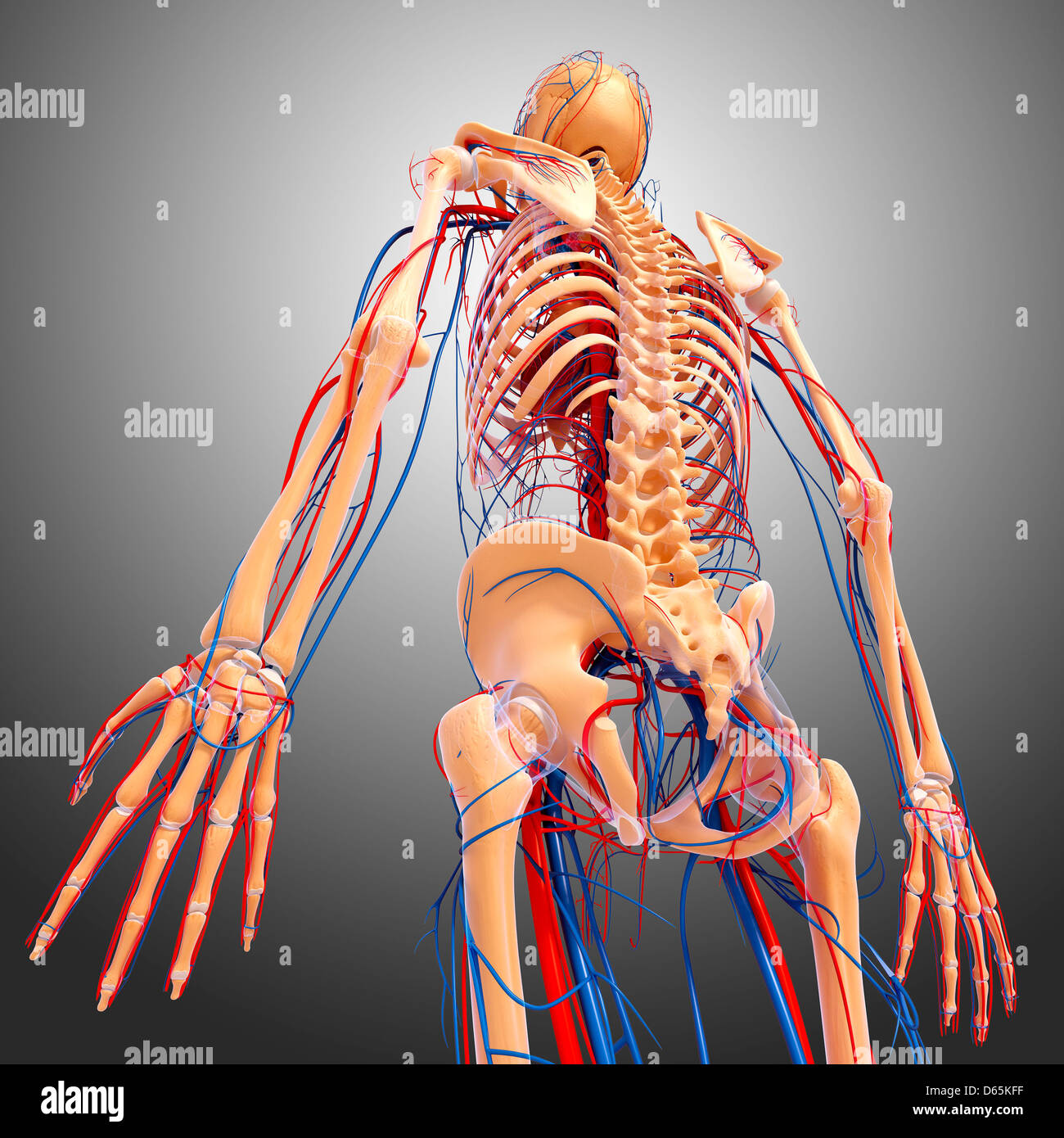Have you ever felt drawn to a place that holds a bit of mystery, a spot that perhaps isn't on the main thoroughfare but carries a deep sense of story? That, you know, is the very essence of a "back street." It's a phrase that conjures images of hidden corners, quiet moments, and lives lived away from the bright lights. Today, we're taking a closer look at what "back street" truly means, from classic tales of love and sacrifice to the friendly, familiar feel of a local gathering spot. It's almost as if these places and stories whisper secrets from the past, inviting us to listen closely.
The idea of a "back street" often suggests something less obvious, a path chosen or a life lived with a certain quiet intensity. It's not just a physical location; it's a feeling, a choice, a way of being. In some respects, it speaks to the parts of life that unfold behind the scenes, away from public view, yet hold immense significance for those involved.
Whether we're talking about a compelling narrative, a cherished local business, or just a quiet lane, the "back street" holds a unique charm. It's a place where real human experiences, both grand and small, play out. So, let's explore some fascinating examples that show just how much character these less-traveled paths can possess, and why they continue to capture our interest, even today.
Table of Contents
- The Enduring Heart of Fannie Hurst's Novel
- Bringing "Back Street" to the Silver Screen
- The Backstreet Bar: A Vermont Institution
- The Broader Meaning of "Back Street"
- Common Questions About "Back Street"
- Discovering Your Own "Back Street" Stories
The Enduring Heart of Fannie Hurst's Novel
The concept of "back street" finds one of its most powerful expressions in literature, particularly with Fannie Hurst's novel, also called "Back Street," published in New York in 1931. This book, you know, really captured the hearts of many readers at the time. It tells a story that, in a way, still resonates with people today: one of profound love and, very often, great personal sacrifice. The narrative explores the life of a woman who gives up a lot for the person she loves, even when that love exists outside societal norms. It's a rather poignant look at devotion and the hidden costs of certain life choices.
Hurst's novel delves into the complexities of human relationships, especially when they challenge conventional expectations. It paints a picture of a woman's journey, her hopes, and the difficult compromises she makes. This story, you see, is about more than just romance; it touches on themes of societal pressure, independence, and the quiet strength of someone who chooses a less public path. It's a tale that, quite honestly, makes you think about what people are willing to do for love, and how those choices shape their entire existence.
The novel's lasting appeal, arguably, comes from its raw portrayal of emotion and its willingness to tackle what were, for its time, pretty daring subjects. It doesn't shy away from showing the pain and the quiet joy found in a life lived on the "back street." This book, in fact, became a classic for a reason, showing that stories of deep human connection, even those with a sad turn, truly stick with us. It’s a very human story, full of feeling.
Bringing "Back Street" to the Silver Screen
The powerful narrative of Fannie Hurst's "Back Street" proved so compelling that it found its way to the silver screen not once, but three times. Each film version, you know, tried to capture the essence of the classic romance, focusing on a woman who gives up nearly everything for love of a married man. These adaptations, in some respects, brought the emotional depth of the novel to a wider audience, allowing new generations to experience this powerful story. It's quite something how a story can be retold and still hold its original impact, isn't it?
Characters and Their Choices
One notable screen version features Rae Smith, an aspiring designer, who, as the story goes, moves to New York. Before that, she meets handsome Marine Paul Saxon in Lincoln, Nebraska. Paul, it turns out, is from the Saxon department store chain, and he's passing through on his way home from World War II. This chance encounter, you see, leads to a romance that shapes both their lives in profound ways. Rae, ambitious but thwarted in some respects, finds herself drawn into a relationship that demands great personal sacrifice. It's a very poignant start to their shared, yet often hidden, journey.
The film, like the novel, explores the difficult choices Rae makes. Her love for Paul means living a life that is, essentially, in the shadows. She gives up her own dreams and public recognition for this private connection. This portrayal, arguably, highlights the strength and resilience of a woman who prioritizes love above all else, even if it means stepping onto a "back street" of existence. It's a rather intense depiction of devotion, and the quiet struggles that come with it.
Memorable Performances
The 1961 film version, in particular, brought this story to life with a cast that truly embodied the characters. Susan Hayward, a very talented actress, played Rae Smith, bringing a deep sense of emotion and vulnerability to the role. Her portrayal, you know, really made audiences feel Rae's quiet suffering and unwavering love. John Gavin played Paul Saxon, giving the character a presence that explained Rae's powerful attraction. Vera Miles and Charles Drake also appeared in the film, adding depth to the supporting roles and further shaping the narrative.
These actors, in fact, helped solidify the film's place as a memorable adaptation of the classic romance. Their performances, arguably, conveyed the emotional weight of the story, showing the joys and heartbreaks of a love that could not be openly acknowledged. It's a testament to their skill that the film still resonates with viewers who appreciate a powerful, human drama. You can learn more about classic film adaptations on our site, and it's a topic that always sparks discussion.
The Backstreet Bar: A Vermont Institution
Shifting gears from classic romance, the phrase "back street" also points us to a very real, tangible place: the Backstreet Bar in Saint Albans, Vermont. This local pub, you know, is a genuine community hub. It’s located at 17 Hudson St in Saint Albans, Vermont 05478. With 599 likes and 1 person talking about it on social media, plus 418 people having been there, it's clearly a beloved spot. It's the kind of place that, in a way, feels like home to many of its regulars, a true local gem.
Finding the Backstreet Bar
The Backstreet Bar, as its name suggests, is tucked away a little bit, off the main drag. This location, you see, probably adds to its charm, making it feel like a discovery for those who visit. It’s a place where people gather for a relaxed time, whether it’s to unwind after work or to catch up with friends. The address, 17 Hudson St, is a spot that has seen a lot of local history unfold. It’s a very accessible place once you know where to look.
Being a local pub, it offers a comfortable, laid-back atmosphere. It's not about being flashy; it's about being real and welcoming. This kind of establishment, arguably, forms the backbone of many small communities, providing a consistent place for people to connect. It’s a bit like a living room away from home for many folks in Saint Albans, a place where stories are shared and memories are made. You can find out more about local Vermont establishments right here.
More Than Just a Pub
What makes the Backstreet Bar particularly special is its history. It's noted as one of the longest operating bars in the city. Think about that for a moment: decades of people walking through its doors, sharing laughter, conversations, and perhaps a game of pool or billiards. This longevity, you know, speaks volumes about its enduring appeal and its place in the community. It’s more than just a place to grab a drink; it's a piece of Saint Albans history, still very much alive and kicking today.
The presence of pool and billiard tables adds to the casual, fun atmosphere. It’s a place where you can challenge a friend to a game, or just enjoy watching others play. This kind of setting, arguably, fosters a sense of camaraderie and relaxation. It's a spot where people can genuinely be themselves, away from the hustle and bustle of daily life. The Backstreet Bar, in essence, embodies the spirit of a true neighborhood gathering place, a quiet cornerstone of the community.
Its consistent operation over many years means it has seen generations come and go, yet it remains a constant. This kind of establishment, you see, often becomes interwoven with the fabric of a town, holding countless memories within its walls. It's a place where, perhaps, your grandparents might have had a drink, and where you might now share one with your friends. That, in fact, is a pretty special kind of legacy for a local bar to have. For a bit more insight into local establishments, you could check out this Vermont tourism site.
The Broader Meaning of "Back Street"
Beyond specific novels, films, or local establishments, the phrase "back street" carries a broader, more symbolic meaning. It often suggests something hidden, less prominent, or perhaps a path chosen that isn't the most obvious or conventional. It can represent a life lived quietly, a secret love, or even a community's hidden gem. This idea, you know, resonates because so much of life happens away from the spotlight, in those quieter, more personal spaces. It's where real feelings and connections often flourish, undisturbed by outside scrutiny.
Think about the stories we tell ourselves, or the places we cherish that aren't famous landmarks. These are often our "back streets." They might be a favorite park bench, a small coffee shop, or a particular memory that only a few people share. These less-traveled paths, arguably, hold a unique kind of beauty and significance. They remind us that value isn't always found in what's loudest or most visible, but often in what's understated and personal. It’s a very human way of looking at the world, finding meaning in the less obvious.
The concept encourages us to look beyond the surface, to appreciate the depth and richness found in unexpected places. Whether it's the profound sacrifice in a classic novel, the cozy comfort of a neighborhood bar, or just a quiet lane you walk down, the "back street" invites us to discover something truly special. It’s a reminder that some of the most compelling stories and most cherished experiences happen just a little bit off the beaten path. So, in a way, it’s about finding wonder in the everyday, hidden corners of life.
Common Questions About "Back Street"
People often have questions about the various ways the term "back street" is used. Here are a few common ones that come up, reflecting the diverse interests in this topic.
Is "Back Street" a true story?
The novel "Back Street" by Fannie Hurst, published in 1931, is a work of fiction. While it captures very real human emotions and societal pressures of its time, the specific events and characters like Rae Smith and Paul Saxon are creations of the author's imagination. It's a fictional story, but it resonates with many because of its truthful portrayal of human experiences.
What is the main theme of the "Back Street" novel and films?
The main theme, you know, revolves around the idea of sacrifice for love, particularly when that love involves a married man. It explores the emotional and social challenges faced by a woman who chooses to live a life on the "back street," away from public acknowledgment, for the sake of a private relationship. It's about hidden devotion and its often painful consequences, a very compelling theme.
What kind of place is the Backstreet Bar in Saint Albans, Vermont?
The Backstreet Bar in Saint Albans, Vermont, is a local pub and a very long-operating bar in the city. It's known for being a comfortable, community-focused spot with pool and billiard tables. It's a place where locals gather to relax and socialize, offering a friendly and familiar atmosphere. It’s basically a neighborhood staple, a rather cozy spot for many.
Discovering Your Own "Back Street" Stories
As we've explored, the idea of a "back street" holds many layers of meaning, from the poignant narratives of classic literature and film to the comforting familiarity of a local gathering spot. It’s a concept that truly highlights the rich tapestry of human experience, showing us that some of the most compelling stories and cherished places exist just a little bit off the main road. The enduring appeal of these "back streets" reminds us that there's always more to discover, more to feel, and more to appreciate in the quiet corners of the world. So, perhaps, the next time you find yourself on a less-traveled path, you might just uncover a new favorite story or a hidden gem that speaks to you. It's a very rewarding way to look at things, finding beauty in the unexpected.



